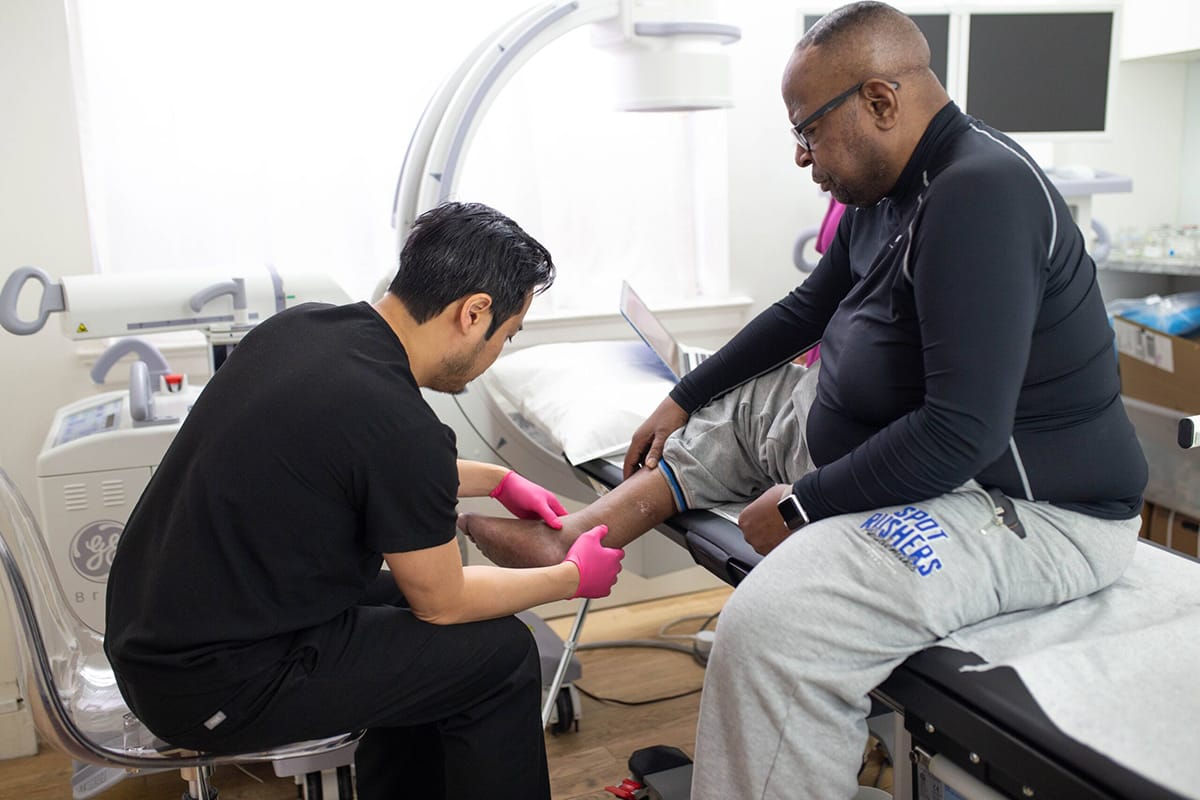Varicose veins are not that easy to treat, which might also lead to other problems in the body. Although many types of treatments are available to treat varicose veins, this might lead to problems in the future. You can also start working on this to treat it on time at home. You can treat it on time by taking care of your eating and exercising. Many people experience varicose veins; those who stand for extended periods or lead sedentary lifestyles are more susceptible to this frequent issue. Ayurveda provides natural medicines and lifestyle modifications that can help manage varicose veins, even in addition to modern treatments. Here are some Ayurvedic solutions for varicose veins that you can undertake to make them better.
Home Remedies for Treating Varicose Veins
Exercise:
The routine exercise of the ankle and calf increases blood circulation in the legs, thus eliminating the backlog in the veins where the blood has been collected. It also assists in lowering an individual's blood pressure, which is also a factor in varicose veins another risk factor. This kind of exercise allows the calf muscles to work without too much strain simultaneously.
- swimming
- walking
- cycling
- yoga

Wear compression garments:
Applying compression garments may be able to shift down blood that is congested in the leg, the ankle, or the foot collectively. The physician may recommend wearing special elastic, graduated compression stockings or socks made of stretchy fabric. They cause differences in pressure in the different parts of the legs and feet to make blood move through the veins.
Avoid salt:
Salt, or sodium, can cause fluid retention, particularly leading to the swelling of varicose veins. Fluid excess in the legs can lead to swelling, which can make the veins feel heavy.
Choose non-restrictive clothing:
Squeezing tight-fitting clothes influences blood flow. An individual may notice that swapping tight pants for loose styles significantly improves blood circulation to the lower body. Binding flat shoes with high heels is one way to improve the legs' varicose veins.
Massage:
Firmly and slowly massaging the area can help the blood keep flowing through the vein. For optimal results, a person may prefer to apply massage oils or moisturizer creams. It is essential to avoid pressing the veins directly, as the tissues are fragile and likely to be injured.
Maintain a healthy weight:
Being overweight or obese can lead to the compression of the pelvic and leg veins and the development of varicose veins. NYU Langone's Weight Management Program professionals will guide you through achieving and sustaining a healthy weight.

Avoid tight clothing and high heels:
Tight-fitting dresses, such as corsets, tummy shapers, elastic knee socks, and even tight belts, may reduce blood flow from veins to the heart, resulting in pooled blood.
Very high heels put pressure on the legs, and consequently, blood circulation decreases, aggravating varicose veins in the lower parts of the body. Skipping high-heel dorsal for shorter heels promotes healthy circulation.
Eat more flavonoids:
Foods with flavonoids will help individuals decrease the look of their varicose veins. Flavonoids increase blood circulation, so blood continuously circulates and is less likely to accumulate in the veins. They also starve the arterial system of blood and cause veins to relax, making all the processes of varicose veins inactive.
In Conclusion
This article has stated all the significant remedies you can take to overcome the problem of varicose veins. When going for treatment, also note what type of doctor treats varicose veins and what is the treatment for varicose veins so that you can get accurate results when it is done. Also, note the cost of the treatment so that you can fix the budget and then go for the treatment.